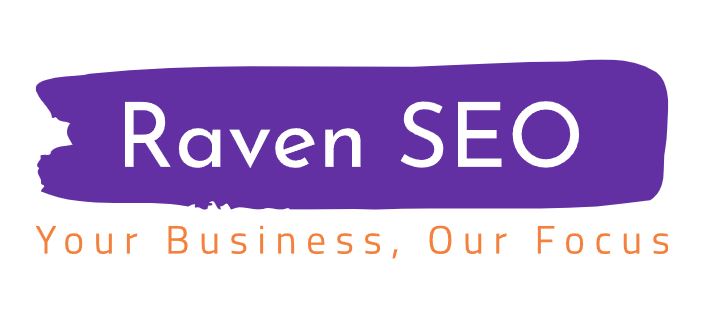When was the last time you plowed through a massive wall of text online and came away feeling informed and delighted? Chances are, not very often. That’s because online readers crave content that’s easy to digest. And that’s where readability lists come in. These handy lists break up dense content, guide the reader’s eye, and offer a quick snapshot of your key points. But readability lists aren’t just a visual trick – they pack a punch when it comes to SEO and user experience too.
Why Readability Lists Matter for Your Audience
- Skimmable: Online users are busy. Lists allow them to quickly scan for relevant information.
- Memorable: Information presented in list form is easier to remember than a long paragraph.
- Organized: Lists create a logical structure and flow, helping readers follow your thoughts.
- Variety: They add visual interest to your pages, breaking up monotony.
The SEO Advantage of Readability Lists
- Featured Snippets: Google often pulls content from lists to create “featured snippets” – those coveted top-of-search answer boxes that drive traffic.
- Keyword Optimization: Lists are a great place to naturally incorporate keywords without overstuffing.
- Reduced Bounce Rate: If your content is displays E-E-A-T, users are more likely to stick around, signaling to Google that your page is valuable.
- Improved Engagement: When users find your content valuable and accessible, they might share it, earning you more visibility.
Anatomy of an Effective Readability List
Let’s look at the elements that make up a truly effective readability list:
- A Compelling Heading: Draw readers in with a headline that promises value or piques their curiosity. Examples: “5 Ways to Boost Your SEO” or “Top 10 Mistakes You’re Making on Social Media.”
- Concise List Items: Keep each item short and focused on a single point. Aim for no more than one or two sentences per item.
- Strong Intro and Conclusion: Set the stage by explaining the value of the list, then recap key takeaways at the end.
- Visual Appeal: Use numbering, bullets, or icons to visually separate each list item.
Example Readability list
Industry: Catering Companies
- Personalized Menus: Work with our chefs to create a custom menu that reflects your theme, tastes, and budget.
- Locally-Sourced Ingredients: We partner with Baltimore’s finest farms and purveyors to bring you the freshest, most flavorful dishes.
- Stunning Presentations: Our culinary team is passionate about creating visually stunning presentations that will impress your guests.
- Seamless Service: From delivery and setup to bartending and cleanup, we handle all the details so you can relax and enjoy your event.
- Unforgettable Flavors: Whether you’re hosting a corporate gala or an intimate gathering, our diverse menu options will tantalize your taste buds.
Key Takeaway:
Readability lists are a versatile tool that benefits both readers and search engines. By breaking down complex information into easily digestible chunks, you make your content more accessible, engaging, and shareable. So next time you write a blog post, consider adding a readability list. It could be the boost your content needs to reach new heights!
Don’t let content creation hold you back! Raven SEO, a Baltimore-based digital marketing agency, can help you craft engaging, SEO-friendly blog posts that resonate with your audience, improve your search rankings, and drive results.




